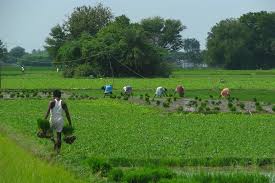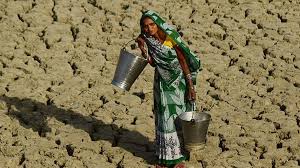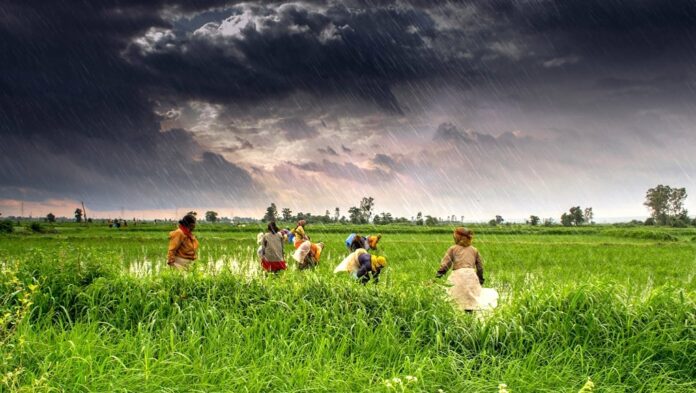As global temperatures rise and weather patterns become increasingly erratic, India finds itself at the forefront of climate change’s impacts. With a diverse geography spanning from the towering Himalayas to the expansive coastline, the nation’s vulnerability to climate-induced disasters is undeniable. From jeopardizing water supplies to exacerbating health risks and threatening agricultural yields, the effects of climate change are already being keenly felt across the subcontinent.
India, with its rich tapestry of landscapes and cultures, stands at a critical juncture in the face of climate change. The repercussions of rising global temperatures are far-reaching and profound, affecting every facet of life in the country.
One of the most pressing concerns is the impact on public health. Rising temperatures contribute to increased malnutrition and related health disorders, particularly among vulnerable populations. Child stunting, a grave consequence of inadequate nutrition, is projected to rise significantly by 2050 if climate change remains unchecked. This not only burdens healthcare systems but also hampers economic development by impairing the physical and cognitive development of future generations.
Moreover, India’s water supply, essential for agriculture, industry, and daily life, is under threat. Glacial melt in the Himalayas, a vital source of freshwater for the country, is accelerating due to rising temperatures. This jeopardizes not only water availability but also exacerbates the risk of floods and droughts, further compounding agricultural challenges. In addition, changing precipitation patterns alter the timing and distribution of rainfall, affecting crop yields and livelihoods.
The economic toll of climate change is equally concerning. The Reserve Bank of India predicts that climate-related disruptions could shave off 2.8 percent of the GDP by 2050, disproportionately affecting the livelihoods of millions, particularly those in rural areas. Small-scale farmers, who rely heavily on rain-fed agriculture, are especially vulnerable to crop failures and income losses, perpetuating cycles of poverty and food insecurity.
India’s vulnerability to climate change is exacerbated by factors such as its geographical location, with over 80 percent of the population residing in districts prone to climate-induced disasters. From coastal communities threatened by rising sea levels to agrarian regions facing crop failures, the impacts are manifold and widespread. Urgent action is needed to mitigate the effects of climate change in India. Transitioning to renewable energy sources, implementing sustainable agricultural practices, and strengthening disaster preparedness and response mechanisms are crucial steps toward building resilience in the face of this looming crisis.
#ClimateChange #India #GlobalWarming #EnvironmentalImpact #HealthRisks #AgriculturalCrisis #DisasterPreparedness #RenewableEnergy #SustainableDevelopment #WaterScarcity




